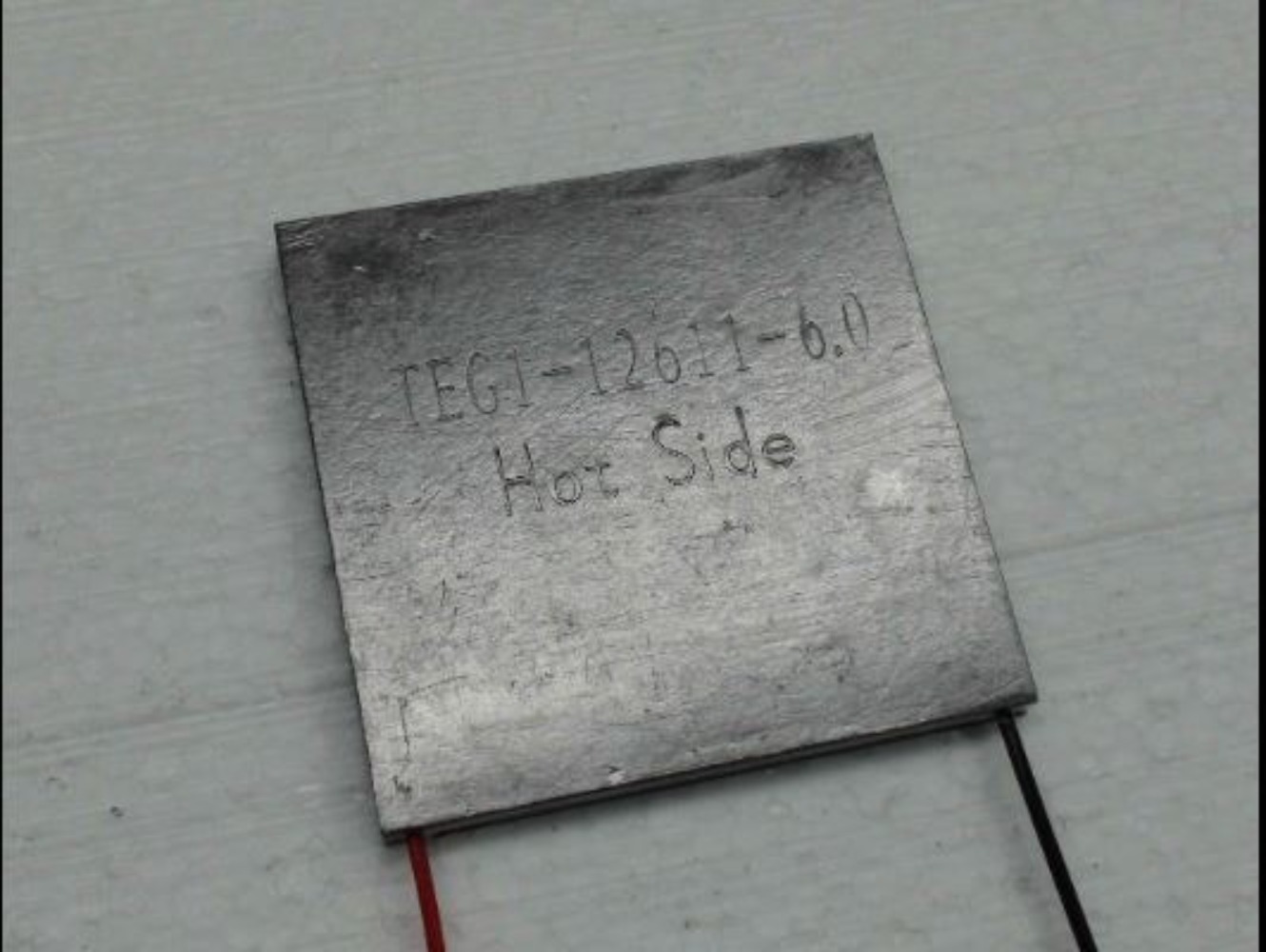Indian scientists have not only challenged existing paradigms but also opened a door to a future where energy sustainability is within reach.

Pic: Social media (Prof. Biswas)
The team at the Jawaharlal Nehru Centre for Advanced Scientific Research (JNCASR), Bengaluru (an autonomous institution under the Department of Science & Technology), in a new paper, showcased the new Thermoelectric (TE) material which shows the properties of both glass and metal. To subscribe please click tau.id/2iy6f and access our live channel.
A new material that can efficiently convert waste heat to electricity has been developed, a team of Indian scientists said on Tuesday. It exhibits metal-like electrical conductivity while producing glass-like thermal conductivity, and has the potential to significantly improve energy efficiency and sustainability.
ALSO READ: What is Dry Ice and Its Affects
It may help convert waste heat from various sources, such as industrial processes in power plants, households, and vehicle exhausts, into electricity. This demonstrates unique characteristics in heat and electron transport.
In the research paper, published in the journal Advanced Materials, Professor Kanishka Biswas from the New Chemistry Unit at JNCASR focused on synthesizing a crystalline material named ytterbium (Yb) doped AgSbTe2.
In terms of heat transport, the material acts like glass and effectively blocks heat waves. But when it comes to the conduction of electrons or charge carriers, it also behaves like a metal. This novel material not only challenges our understanding of heat and electron transport but also opens new avenues for energy conservation and efficiency.
According to the Department of Science & Technology, this innovation could pave the way for more sustainable energy practices by efficiently converting waste heat from various sources into electricity. It marries metal-like electrical conductivity with glass-like thermal conductivity, a duality that has long eluded scientists.
With its potential to significantly improve the efficiency of energy conversion, this new material could play a pivotal role in reducing energy waste, lowering greenhouse gas emissions, and combatting climate change.
As the world grapples with the pressing need for sustainable energy solutions, the development of such innovative materials could mark a turning point in our approach to energy consumption and conservation.



